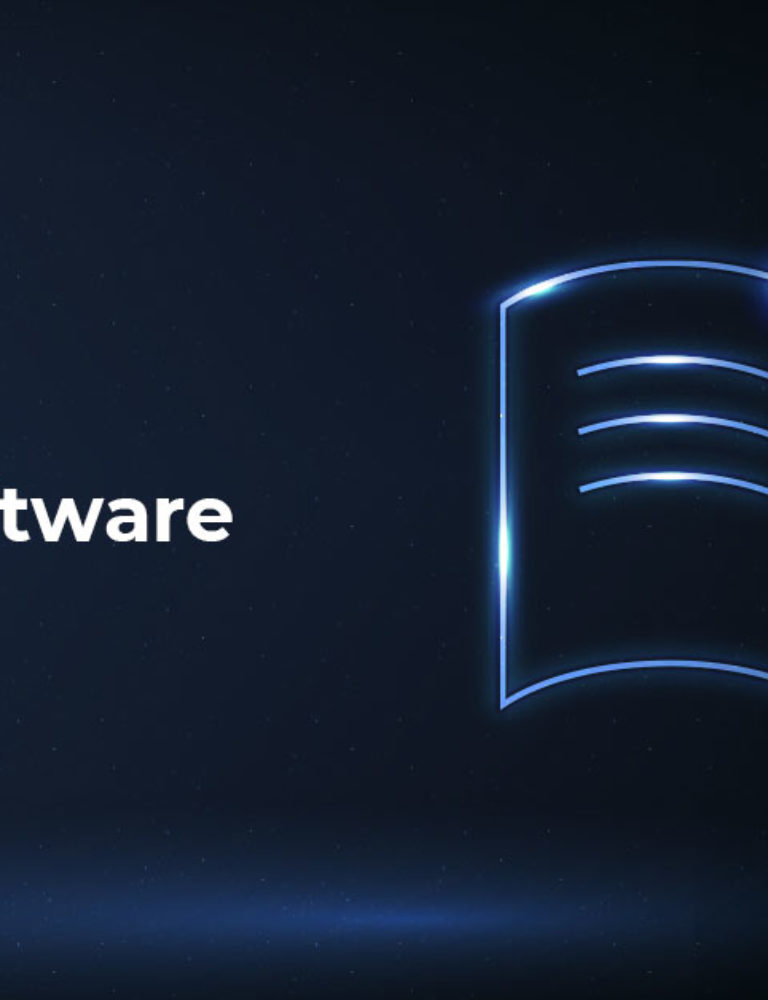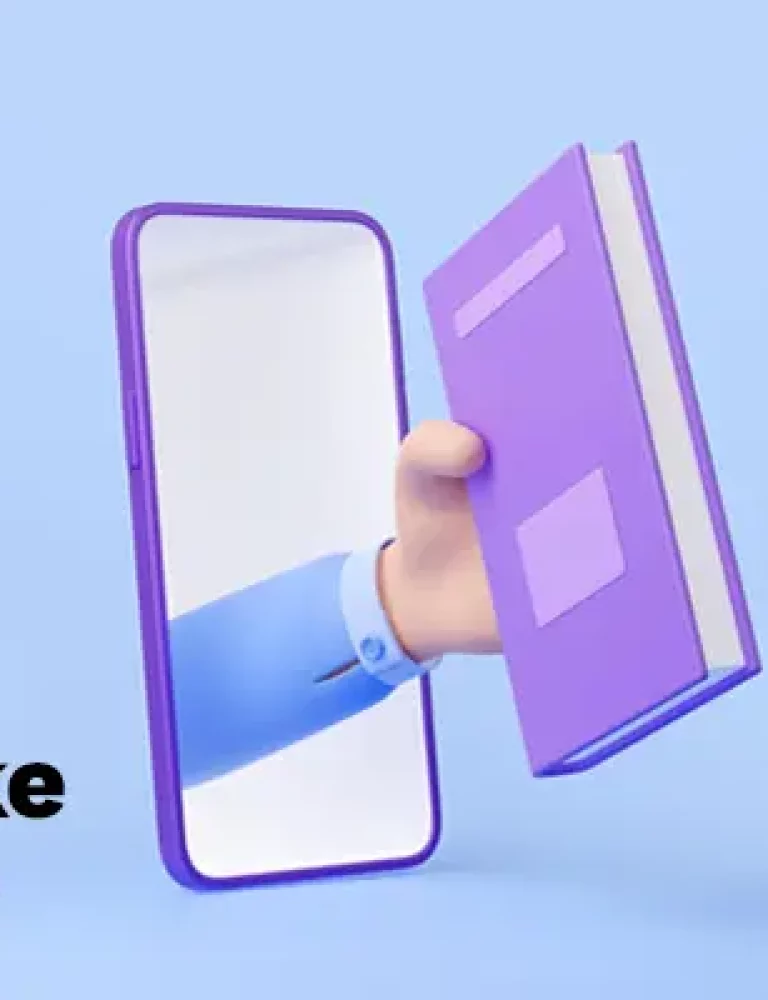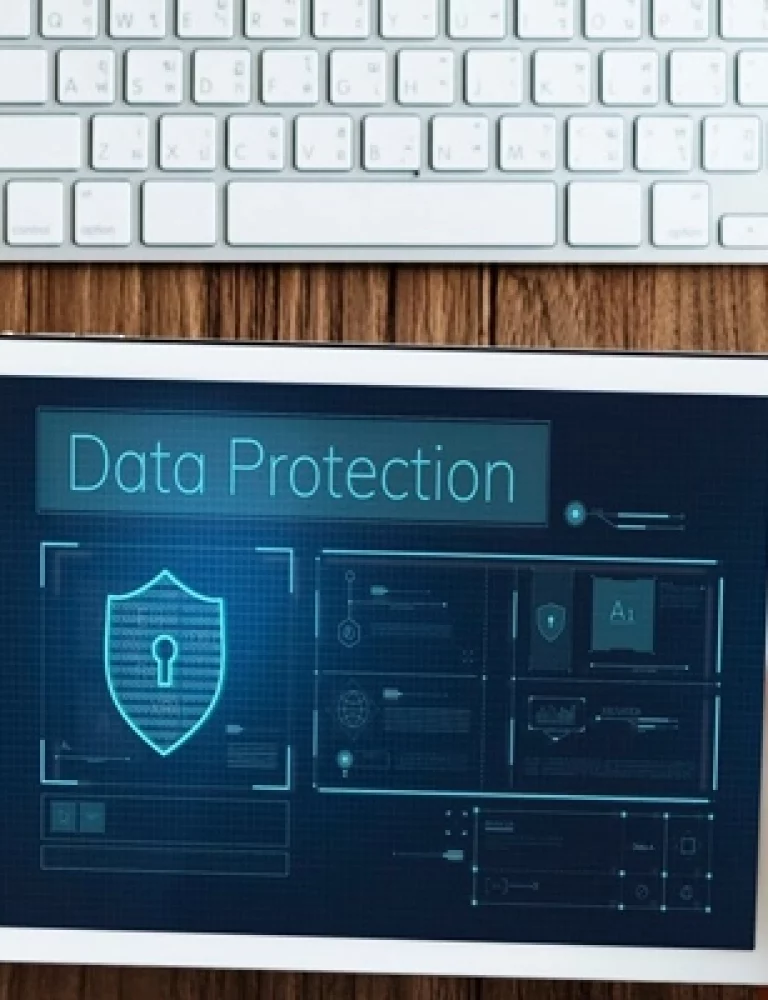The educational landscape has evolved into a digital environment, which has brought about an innovative change in the way we teach and learn. Digital education has sparked a revolution in the field of learning, bringing about transformative changes and innovations.
From immersive learning to collaborative and engaging opportunities, technology has upgraded and upscaled educational content. Personalized training and access to rich educational resources have maximized pedagogical methodologies, student engagement, educator-learner interaction, and learning outcomes.
Integrating technology in the modern education scenario is supplemented by using:
- AI-based educational platforms and tools
- Inclusive learning and educational content with flexible teaching styles
- Cameras, audio equipment, smart devices, smartboards, and projectors
- Social media platforms and online student communities
- Virtual Learning Labs and Research and Development Centers
- 3D software, along with AR (Augmented Reality) and VR (Virtual Reality)
KITABOO is an all-inclusive and interactive digital textbook platform that offers an intuitive interface for educational content and sustainable eLearning programs depending on the needs and aspirations of educators and learners.
Several experts and professionals from the education industry using such platforms can transform their educational needs from classroom to screen!
Let us understand how digital education has transformed the education system across the globe!
Table of Contents
- Digital Learning Platforms
- Gamification and Educational Apps
- E-Books and Cloud-Based Digital Resources
- Augmented Reality (AR) and Virtual Reality (VR)
- Data Analytics and Learning Insights
- Social Media Learning Platforms
- Open Access Textbooks
Top 7 Digital Resources That Contribute to the Evolving Education Landscape
Here are the 7 key resources that contribute to the diverse and dynamic landscape of digital education, supporting learners and educators in various aspects of online learning and skill development:
1. Digital Learning Platforms
Learning Management Systems (LMS) and online platforms host educational content that can assist students in engaging with a diverse range of materials. Learners can submit assignments and participate in discussions remotely.
Educational content has evolved beyond textbooks to include interactive multimedia elements like videos, simulations, animations, and virtual reality to enhance engagement and understanding.
Various digital interactive tools enable real-time virtual classrooms, video lectures, and collaborative discussions among students and educators. This adaptive and personalized approach addresses diverse learning styles and focuses on individual strengths and weaknesses.
For instance, KITABOO, a cloud-based content platform, is one of the most influential digital textbook platforms that offers educational content and immersive learning experiences that inspire K12 learners.
2. Gamification and Educational Apps
Gamification elements and educational apps make learning more interactive and enjoyable. Quizzes, trivia, and online educational games motivate students and promote a more engaging educational experience.
Virtual classrooms and webinars through various educational and mobile-friendly applications facilitate real-time interactions between teachers and students. These platforms support live discussions, Q&A sessions, and collaborative projects.
3. E-Books and Cloud-Based Digital Resources
E-books and digital resources complement traditional textbooks as they are easily accessible and often include multimedia components. Cloud-based platforms enable collaborative projects and document sharing so that students can work together in real-time, teach teamwork, and enhance project-based learning.
AI-powered personalization analyzes student data, and cloud-based storage helps collaboration of documents, presentations, and other files.
4. Augmented Reality (AR) and Virtual Reality (VR)
AR and VR technologies bring immersive experiences to education in the form of field trips, lab simulations, and historical reconstructions.
Several educational sources that are out of the reach of students, become more vivid and accessible, enhancing the application of knowledge. Such technology brings immersive experiences to education, allowing students to explore virtual environments.
5. Data Analytics and Learning Insights
Data analytics provide insights into student performance, allowing educators to identify areas of improvement and tailor instruction. This data-driven approach supports informed decision-making and allows for targeted, efficient learning.
Educational content is designed for both real-time and self-paced learning which accommodates different learning preferences and schedules.
6. Social Media Learning Platforms
Social learning platforms encourage collaboration and knowledge-sharing in the form of Instagram or Facebook online communities, discussion forums, YouTube educational channels, and collaborative projects.
Such platforms promote a sense of community and contribute to the effectiveness of online learning and educational content. These channels also promote language learning platforms, podcasts, and other educational platforms.
7. Open Access Textbooks
Open Access Textbooks provide freely accessible educational materials, including textbooks, videos, and interactive modules. Educational content is available expansively for teaching and learning purposes.
Educational institutes use these resources to enhance pedagogical structures, improve student engagement, promote lifelong learning, and bridge the gap between formal and informal learning.
7 Ways in Which Digital Education Has Transformed Traditional Classrooms:
Today, educators and learners have the benefit of accessing a wide range of diverse educational content anytime and anywhere. This content can cater to various learning styles, encourage personalized educational experiences, and deepen the understanding of complex concepts.
Here are 7 ways in which digital content has created a revolution:
1. Digital Content is Inclusive, Flexible, and Accessible
Digital education has made learning accessible to individuals worldwide. It breaks down geographical barriers, allowing learners from diverse backgrounds to access educational resources.
Online platforms offer flexibility in terms of when and where learning can take place. This accommodates various learning schedules, which makes education more adaptable to individual needs.
2. Personalized Educational Content
Digital tools enable personalized learning experiences. Adaptive and customized learning technologies and educational content tailor content based on individual progress, addressing different learning styles and paces.
Digital education supports lifelong learning where students can acquire new skills and knowledge at any stage of life, promoting a culture of continuous learning and adaptability.
3. Rich Multimedia Educational Content
Educational content has evolved from traditional textbooks to include multimedia elements such as videos, simulations, and interactive modules. This enhances engagement and understanding.
4. Global Collaboration
Digital learning platforms facilitate global collaboration among learners and educators. This exchange of ideas, perspectives, and resources contributes to a more interconnected and collaborative learning environment.
5. Cost-Effectiveness
Educational content often eliminates the need for physical resources, reducing costs associated with textbooks, printed materials, and classroom infrastructure.
6. Innovative Assessments and Real-time Feedback
Digital educational content allows for innovative assessment methods, including simulations, virtual labs, and gamified assessments. These methods go beyond traditional testing, providing a more comprehensive view of student abilities.
Such assessments further provide real-time feedback to students, which helps learners understand their strengths and areas for improvement.
7. Competency-Based Learning
Digital education emphasizes skills relevant to the digital age, such as digital literacy, critical thinking, and problem-solving. This prepares learners for success in a technologically advanced society.
Competency-based learning is based on encouraging learners to demonstrate proficiency in a particular skill, which promotes the fair evaluation of students’ holistic progress. This mode of learning provides access to personalized learning paths and contributes to a flexible education experience.
Conclusion
Educational content has enhanced student learning and improved pedagogical practices by providing unprecedented access to a wide stream of information. Such content promotes interactive experiences, supports personalized educational preferences, and facilitates collaboration.
There is no end to this culture, as technology is advancing with each passing day, which also means that the educational arena is expanding, transforming, and becoming more adaptable to individual needs.
This is where collaborative digital textbook platforms like KITABOO are the perfect support to build an environment where learners can acquire appropriate and personalized knowledge and educators can discover new solutions.
To know more, write to us at KITABOO@hurix.com. Connect with us to start a conversation.
Discover How An Ebook Conversion, Publishing & Distribution Platform Can Help You
Kitaboo is a cloud-based content platform to create-publish & securely distribute interactive mobile-ready ebooks.
You May Also Like







